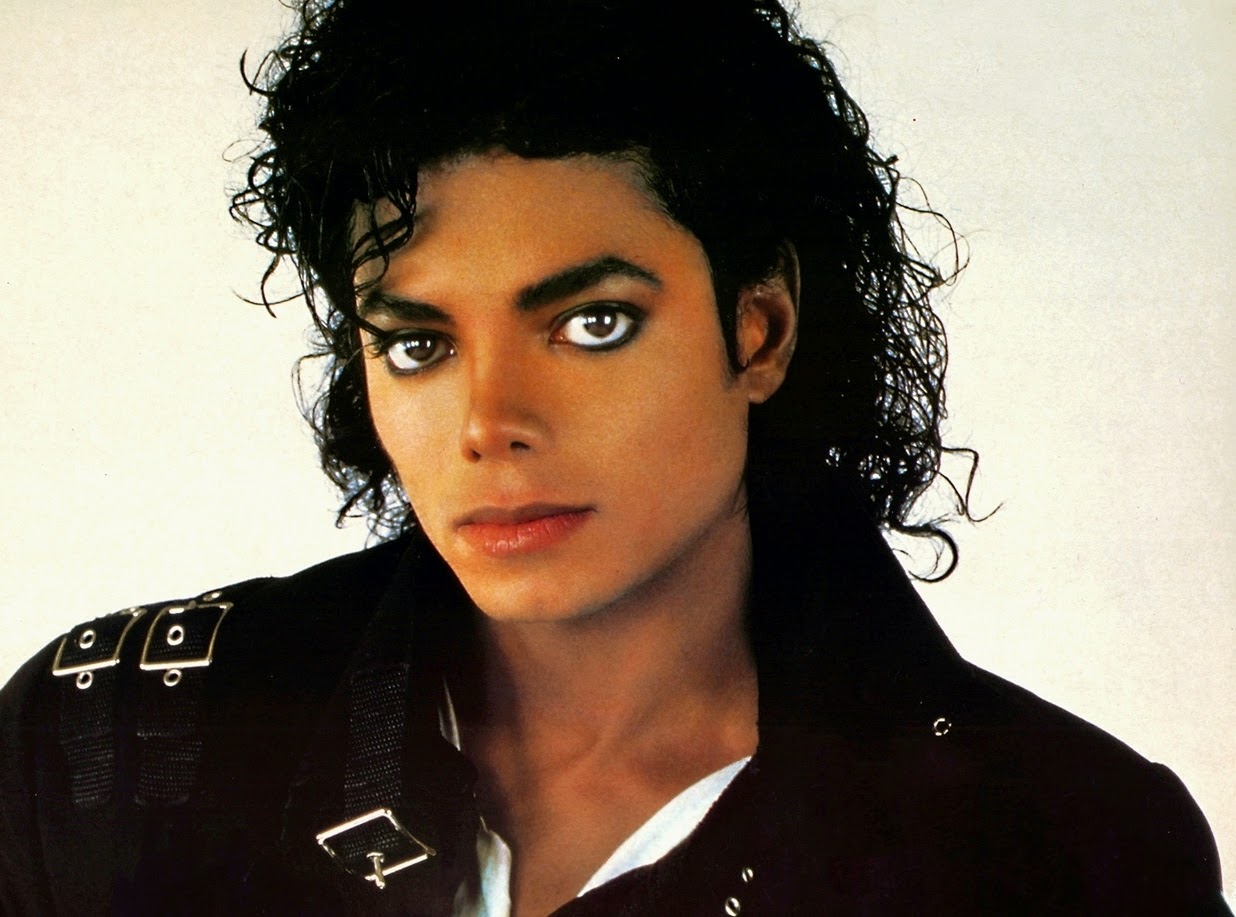Unveiling The Mystery Of Sanpaku Eyes
Sanpaku eyes have captivated and intrigued many for centuries, drawing attention for their unique appearance and the myths surrounding them. These distinct eyes are characterized by a specific alignment of the iris and the sclera, where the white part of the eye is visible either above or below the iris, creating a striking look that is both mesmerizing and unsettling. In various cultures, particularly in Japan, sanpaku eyes are often associated with deep emotional states or even foretelling one's fate. This phenomenon has not only inspired countless artistic interpretations but also sparked debates on how they reflect a person's inner world and psyche.
But what exactly do sanpaku eyes signify? Many believe that having sanpaku eyes can indicate a person is either living in harmony with their surroundings or grappling with inner turmoil. The term "sanpaku" translates to "three whites," referring to the three areas of visible sclera surrounding the iris. As we delve deeper into this intriguing subject, we will explore the cultural implications, historical perspectives, and personal stories of individuals who possess this eye characteristic.
In addition, the fascination with sanpaku eyes extends beyond mere aesthetics; it raises profound questions about identity, perception, and the human experience. Are those with sanpaku eyes destined for greatness, or do they face unique challenges? This article seeks to uncover the layers of meaning behind sanpaku eyes and to share the stories of those who embody this captivating trait.
What Are Sanpaku Eyes?
Sanpaku eyes are recognized by their unique appearance where more white of the eye is visible either above or below the iris, which is different from the typical eye configuration. This phenomenon can be categorized into two types:
- Sanpaku Mune: When the white part of the eye is visible above the iris, often associated with individuals who may be struggling with emotional or mental challenges.
- Sanpaku Ue: When the white part is visible below the iris, which is often linked to a more balanced emotional state.
How Do Sanpaku Eyes Relate to Cultural Beliefs?
In Japanese culture, the concept of sanpaku is deeply rooted in spiritual and philosophical beliefs. It is believed that individuals with sanpaku eyes are more in tune with their emotional states, making them sensitive and intuitive. However, this sensitivity can also lead to struggles, as they may be more affected by external pressures and influences. This duality has made sanpaku eyes a subject of both admiration and concern throughout history.
Are There Famous People with Sanpaku Eyes?
Yes, many notable figures throughout history have been recognized for their sanpaku eyes, often leading to discussions about their personalities and fates. Here are a few:
- John F. Kennedy: The former U.S. president had sanpaku eyes, which some believe may have contributed to his complex character and legacy.
- Yoko Ono: The artist and activist is often noted for her distinctive eye shape, which adds to her enigmatic persona.
- Princess Diana: The late princess is another figure known for her sanpaku eyes, leading many to speculate about her emotional depth and struggles.
What Is the Science Behind Sanpaku Eyes?
While the cultural interpretations of sanpaku eyes are fascinating, there is also a scientific angle to consider. The anatomy of the eye plays a significant role in how sanpaku eyes appear. Factors such as genetics, eye shape, and even health conditions can contribute to this unique characteristic. For instance, individuals with certain medical conditions may develop changes in their eye structure that result in a sanpaku appearance.
Can Sanpaku Eyes Indicate Personality Traits?
Many people have speculated that sanpaku eyes may be linked to specific personality traits or emotional states. Some common associations include:
- Introspection: Those with sanpaku eyes may be more reflective and introspective, often taking time to understand their emotions.
- Sensitivity: They may be more sensitive to their environment and the feelings of others, making them empathetic individuals.
- Creativity: Some believe that individuals with sanpaku eyes possess a high level of creativity and imagination.
How to Embrace Your Sanpaku Eyes?
If you or someone you know has sanpaku eyes, it's essential to embrace this unique feature rather than view it as a flaw. Here are some ways to celebrate and enhance your beautiful eyes:
- Makeup Techniques: Certain makeup styles can accentuate the beauty of sanpaku eyes, drawing attention to their unique shape.
- Personal Style: Choosing fashion that complements your eye shape can create a cohesive and striking look.
- Confidence: Ultimately, confidence is key. Embracing your individuality will make your eyes shine even brighter.
Conclusion: The Allure of Sanpaku Eyes
Sanpaku eyes are not just a physical trait; they embody a rich tapestry of cultural significance, personal stories, and emotional depth. Whether viewed through the lens of science or art, these eyes continue to fascinate and inspire. As we have explored, individuals with sanpaku eyes often navigate a complex interplay of sensitivity and strength, making their journeys all the more compelling.
As you encounter people with sanpaku eyes or reflect on your own, remember that every pair of eyes tells a story. Embracing their uniqueness can open doors to deeper connections and understanding, highlighting the beauty in our differences. So, the next time you see sanpaku eyes, take a moment to appreciate the narrative they carry and the emotions they evoke.
Article Recommendations


